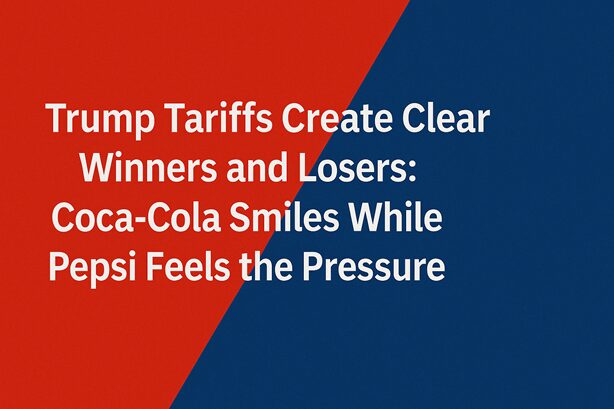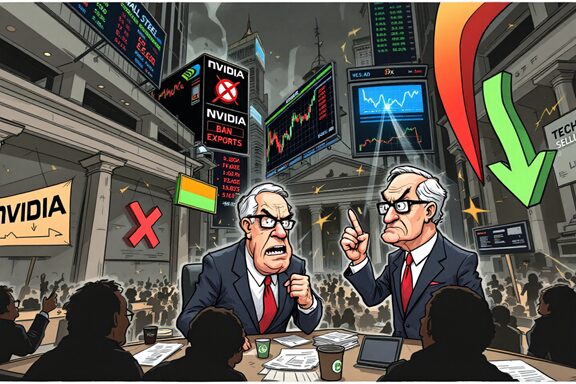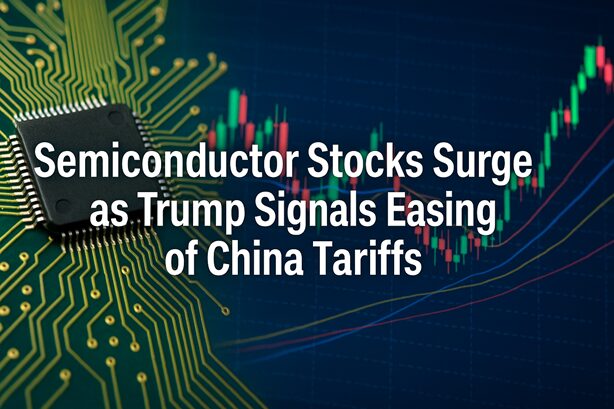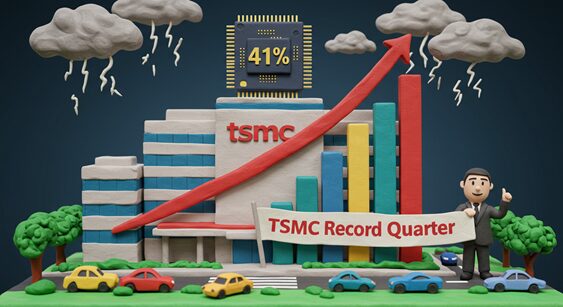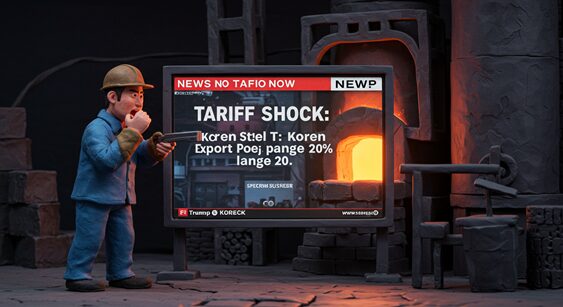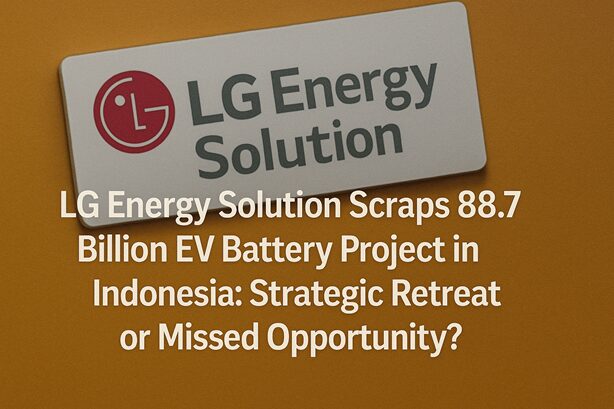Trump Tariffs Create Clear Winners and Losers: Coca-Cola Smiles While Pepsi Feels the Pressure
America’s soda giants are experiencing dramatically different fortunes as Trump’s latest round of tariffs reshapes the competitive landscape. In a striking example of how trade policies can create immediate market advantages, Coca-Cola is poised to benefit while PepsiCo faces potentially significant cost increases. This divergence could accelerate existing market share trends and force strategic shifts that ripple through the beverage industry for years to come.
Pepsi’s Vulnerable Supply Chain
PepsiCo faces a major disadvantage as it sources most of its cola concentrate from Ireland, making it subject to a 10% tariff that could directly impact pricing and competitiveness.
- PepsiCo relies heavily on Irish-produced concentrate for its flagship products including Pepsi Cola and Mountain Dew
- The 10% tariff on European imports will directly increase PepsiCo’s production costs
- This comes at a particularly challenging time as Pepsi Cola’s market share has already been declining over the past two decades
- Last year marked a significant milestone when Pepsi fell to third place in the US cola market, behind both Coca-Cola and Dr. Pepper
Coca-Cola’s Strategic Advantage
Coca-Cola’s American-based production model shields it from the worst effects of the new tariffs, potentially strengthening its already dominant market position.
- Coca-Cola produces its concentrate primarily in Atlanta and Puerto Rico, avoiding the direct impact of European import tariffs
- This domestic production strategy, maintained for decades, has unexpectedly become a major competitive advantage
- The company can potentially maintain more stable pricing while competitors face cost pressures
- Coca-Cola’s already leading market position could be further cemented if Pepsi is forced to raise prices
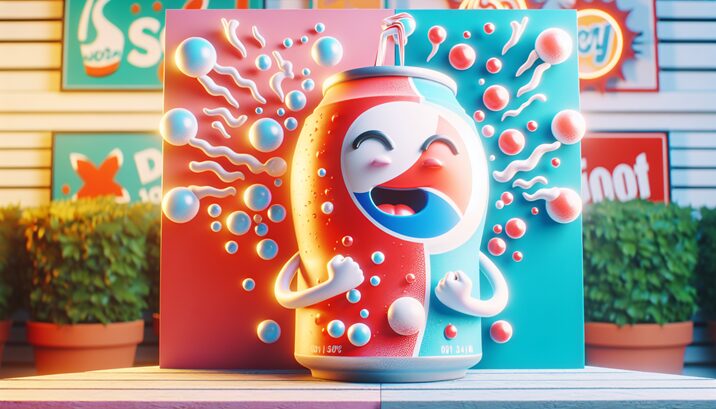
Shared Challenges: Aluminum Tariffs
While concentrate sourcing creates clear winners and losers, both companies face headwinds from the 25% tariff on aluminum cans.
- The 25% aluminum tariff affects packaging costs for both Coca-Cola and PepsiCo
- This shared challenge could lead to across-the-board price increases for canned beverages
- Smaller, family-owned bottling operations that work with both companies face significant cost pressures
- Beverage manufacturers may accelerate exploration of alternative packaging solutions to mitigate aluminum costs
Broader Market Implications
The soda giants’ diverging fortunes illustrate a wider pattern affecting consumer products across various categories.
- The tariff situation creates similar dynamics in other consumer goods categories including jeans, toothpaste, and household items
- Products with domestic supply chains gain advantages over those relying on international sourcing
- Many companies are likely reassessing their supply chain strategies in response to the changing trade environment
- Consumers may soon see price increases concentrated in specific brands rather than across entire product categories
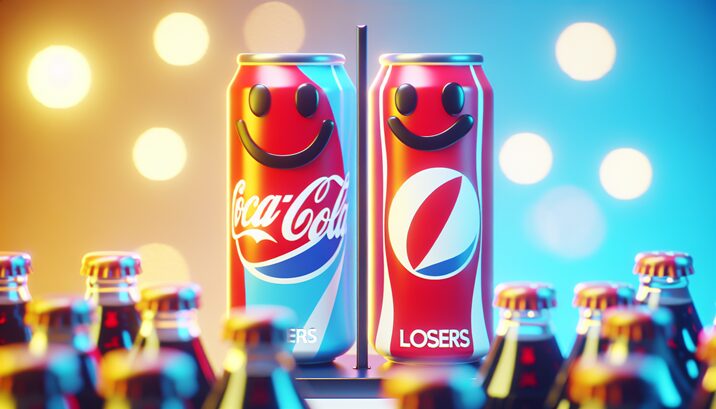
In an industry where pennies per can make the difference between profit and loss, Trump’s tariffs have suddenly tilted the playing field. Whether PepsiCo will adjust its supply chain, absorb the costs, or lose further market share remains to be seen, but the immediate advantage clearly belongs to Coca-Cola.
Keywords
Trump tariffs, Coca-Cola, PepsiCo, supply chain, soda industry
Hashtags
#TrumpTariffs #CocaCola #Pepsi #TradeWar #ConsumerGoods
한국어 요약
- 트럼프 대통령의 상호관세로 코카콜라와 펩시코의 시장 상황이 크게 엇갈리고 있음
- 펩시코는 아일랜드에서 생산하는 콜라 농축액에 10% 관세를 부담하게 되어 불리한 상황에 처함
- 코카콜라는 미국 내 애틀랜타와 푸에르토리코에서 원액을 생산하여 관세 영향을 덜 받음
- 알루미늄 캔에 대한 25% 관세는 양사 모두에게 영향을 미치며, 향후 제품 가격 상승으로 이어질 가능성 높음
